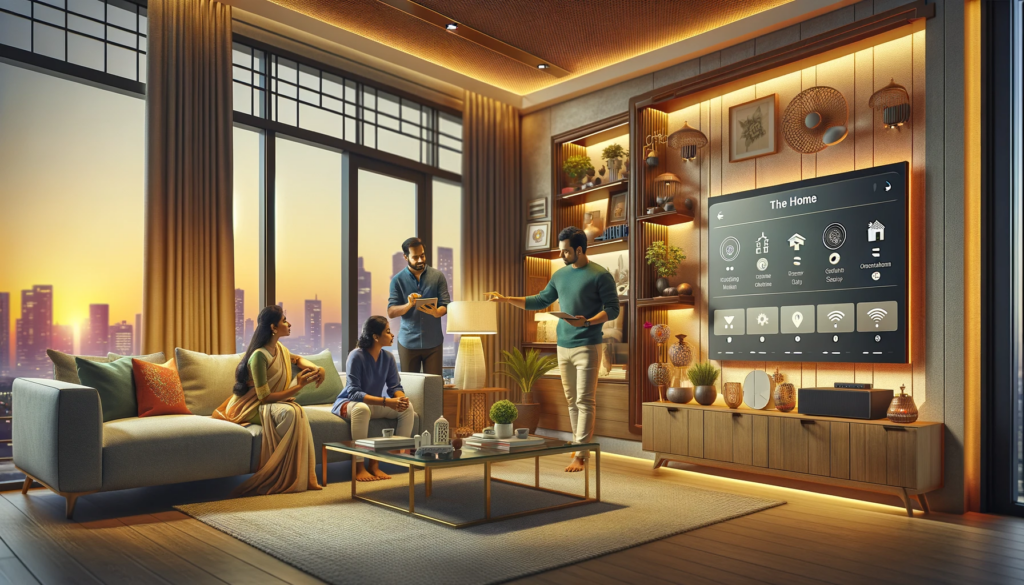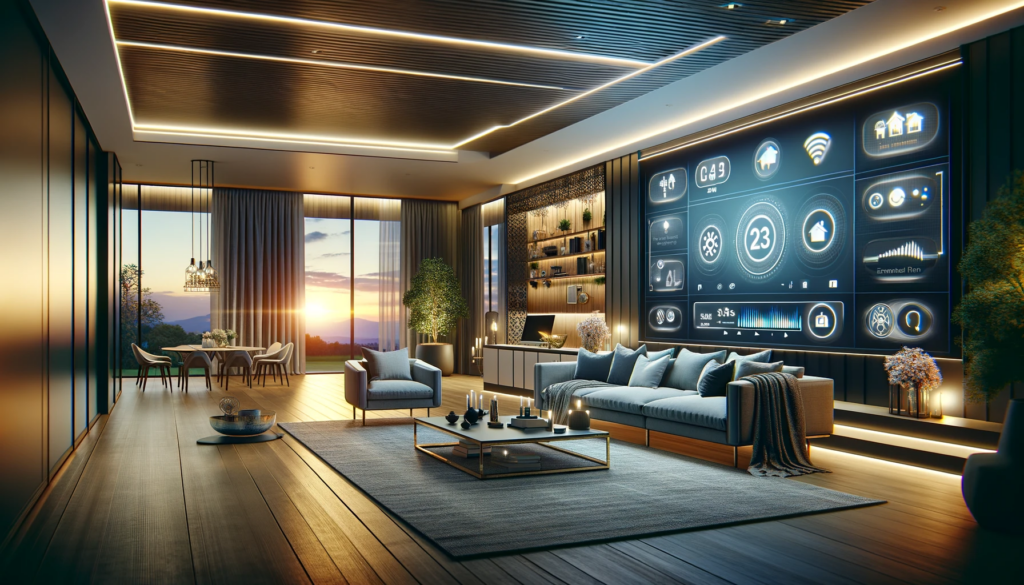Room interior design is about creating a space that not only looks appealing but also feels welcoming and suits your lifestyle. Creating a welcoming and aesthetically pleasing room starts with effective interior design. Whether you’re designing a living room, bedroom, or office, understanding the fundamentals of room interior design can transform any space into a functional and attractive area.
1. Functionality
First and foremost, a room must be functional. Consider how the space will be used and who will use it. For a living room, you might need a layout that promotes conversation and relaxation, while a home office might require a setup that enhances productivity and minimizes distractions.
2. Layout: Room Interior Design
Plan your layout carefully to make the most of the available space. Use furniture and decor to create different areas within the single room. For example, in a large room, you can use rugs or furniture arrangements to define different zones for dining, reading, or relaxing.
3. Color Scheme
Color can drastically affect how a room feels. Light colors can make a small room feel larger and brighter, while darker hues can add depth and warmth to a larger space. Consider the mood you want to create: calming blues and greens for a bedroom, or vibrant yellows and reds for a living area that stimulates energy and conversation.
4. Lighting: Room Interior Design
Lighting is crucial in room interior design. It can be used to highlight architectural features, artwork, or bring attention to various parts of the room. Layer different types of lighting (ambient, task, and accent) to adapt to different needs throughout the day and provide flexibility in how the space is used.
5. Furniture: Room Interior Design
Choose furniture that fits the scale of the room. Oversized sofas can overwhelm a small room, while too small pieces can look lost in a large space. Consider multi-functional furniture like ottomans with storage or nesting tables to maximize utility without cluttering the space.
6. Textiles and Textures
Incorporating different textiles and textures can add depth and interest to a room. Think about using a mix of materials such as smooth leather, soft velvet, or rustic wood. Textiles like curtains, throw pillows, and area rugs can also help soften acoustics in rooms with hard surfaces.
7. Art and Accessories
Personalize your space with art and accessories that reflect your personality and style. However, be careful not to overdo it. A few well-chosen pieces can serve as focal points and draw the eye, while too many can make a space feel cluttered.
8. Sustainability
Consider eco-friendly options for your room interior design. Use sustainable materials like bamboo or recycled metal. And invest in high-quality furniture that will last longer, reducing waste and the need for frequent replacements.
9. Technology
Incorporate technology seamlessly into your room interior design. Plan for where to place TVs, speakers, and other tech without disrupting the aesthetic of the room. Consider smart home devices that can improve the functionality and comfort of your living space.
10. Personal Touch
Finally, make sure your space reflects your personal style and comforts. Whether it’s through family heirlooms, travel souvenirs, or pieces of art, these personal touches make a house feel like a home.
KlugKraft is the premier online destination for system integrators and interior designers to showcase their home & office automation products. This platform is meticulously crafted to highlight the synergy between innovative technology and elegant design. Providing a comprehensive portfolio space for professionals. KlugKraft allows experts to display their latest smart home technologies, from intuitive lighting solutions to sophisticated security systems, all designed to enhance modern living. By offering a dynamic and interactive showcase, KlugKraft not only connects these professionals with potential clients but also sets a new standard in the integration of technology and design in home automation, ensuring every space is as functional as it is visually stunning. KlugKraft (a unit of Smart Group)





















